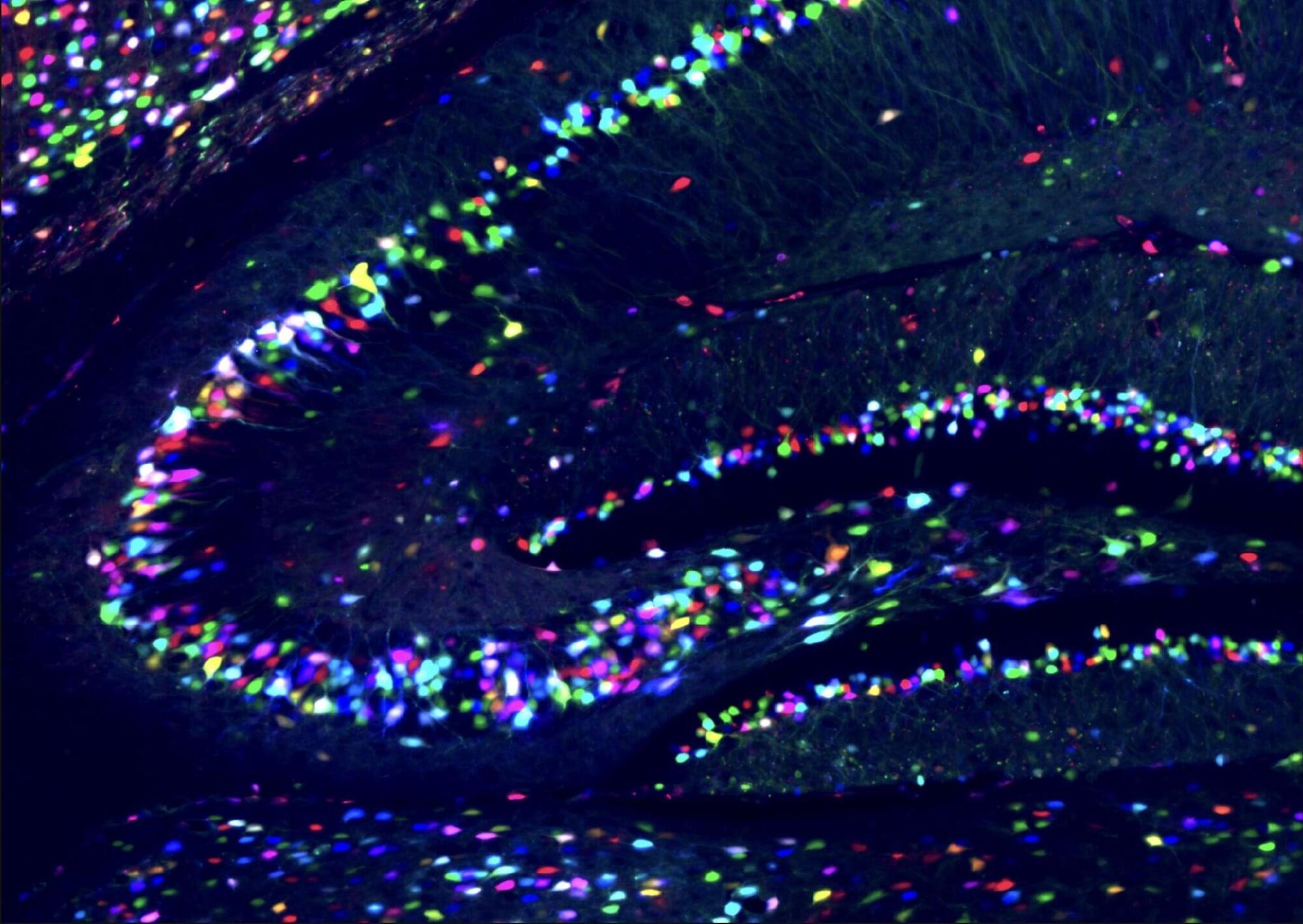Over the past few decades, biomedical researchers and neuroscientists have devised increasingly advanced techniques to study and alter neurophysiological processes. These include CRISPR (Clustered Regularly Interspaced Short Palindromic Repeats), a sophisticated tool to edit specific genes in some animals, including mice, rats, zebrafish and fruit flies.
Researchers at University of California, San Francisco led by Martin Kampmann recently introduced a more precise CRISPR screening platform that can be applied directly in living tissue, enabling the screening of a larger number of genes at once. The new technique, called CRISPR screening by AAV episome sequencing (CrAAVe-seq), was introduced in a paper published in Nature Neuroscience.
“Human cell-based systems are valuable but cannot fully capture the complexity of the brain,” Biswa Ramani, co-first author of the paper, told Medical Xpress. “Mice often remain the most effective model for many neurological diseases because their brains preserve the diversity and organization of cell types that cannot be replicated in a dish.”
